
9
OPERATION AND SAFETY
REMOVABLE ARM
To Swing Back & Remove Arm/Adjust Armrest Height
The armrest release lever is located on the side of the chair, on the front
of the arm support tube, below the armrest pad. Unlock the arm by
moving the armrest release lever in a rearward direction, approximately
1/2". The front of the armrest can then swing up and out of the engaged
/ locked position. The rear arm connection can now be disengaged
from the skirt guard if needed.
To replace and lock armrest, first slide the rear armrest support tube into
the rear slot located on the skirt guard. With the rear armrest post
'seated' into the slot, swing the front armrest support tube downward
and into place over the front of the skirt guard. Lift the armrest without
activating the release lever to ensure the arm is locked down.
WHEEL LOCKS
Activate 'Push to Lock' wheel lock by pushing the handle forward. To
adjust locks, loosen the bolt and nut which run through the mounting
bracket and frame. Slide the clamp toward the rear wheel until the
wheel lock shoe is embedded into tire material approximately 1/8” when
handle is engaged to the lock position. Re-tighten bolt and nut to secure
mounting bracket in the desired location. Inspect for correct locking
action BEFORE actual use. If the lock becomes worn or damaged,
replace entire assembly immediately.
CAUTION: WHEEL LOCK IS NOT A BRAKE. DO NOT attempt to stop a
moving wheelchair with the wheel lock. When leaving or entering chair,
ALWAYS ENGAGE BOTH WHEEL LOCKS.
Push-to-Lock style
WARNING: Inspect wheel Locks regularly to ensure locks are in proper adjustment as described.
ADJUSTABLE BACK FRAME
Determine appropriate seat depth under guidance of a health care
professional. Adjust seat depth and back angle to correspond with
desired depth and recline angle. Movable backrest receptacles are
attached via four bolts installed into pre installed hole patterns. Ensure
identical hole locations are used on both left and right side mounts. Your
dealer may trim the Back Frame height to the desired length using a
metal cutting saw or pipe cutting tool.
UPHOLSTERY
Back upholstery 'fit' may be adjusted by loosening or tightening hook and loop fasteners. For optimum fit,
loosen fasteners, then position user in wheelchair so that upper part of upholstery supports upper back. Re-
tighten fasteners securely.
Replacing/Adjusting Upholstery
PDG suggests that you study how the upholstery fastens to the chair prior to making alterations.
Periodically check upholstery for signs of ripping and sagging. If these are present, check the inner liner to
determine if it has also been damaged or weakened. Replace immediately if upholstery is damaged or liner
shows sagging. This will ensure uniform tautness which might not be achieved when upholstery has been
used over a period of time.
WARNING: Laundering or moisture will reduce upholstery flame retardancy.


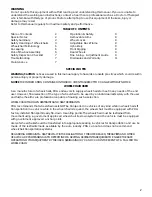
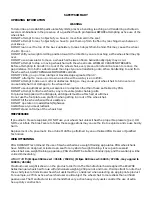
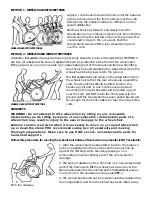

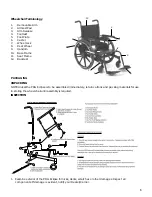
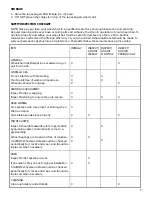
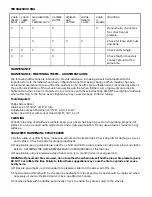
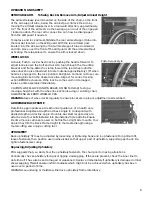
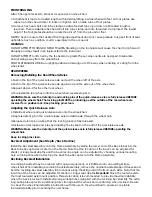
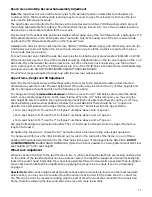
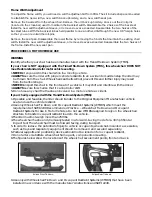
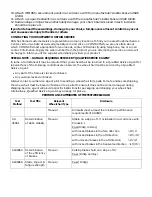
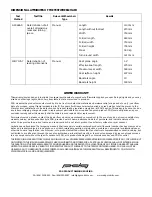
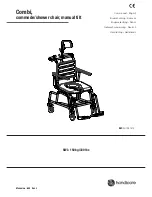















![Dietz Rehab AS[01] User Manual preview](http://thumbs.mh-extra.com/thumbs/dietz-rehab/as-01/as-01_user-manual_2495939-01.webp)
